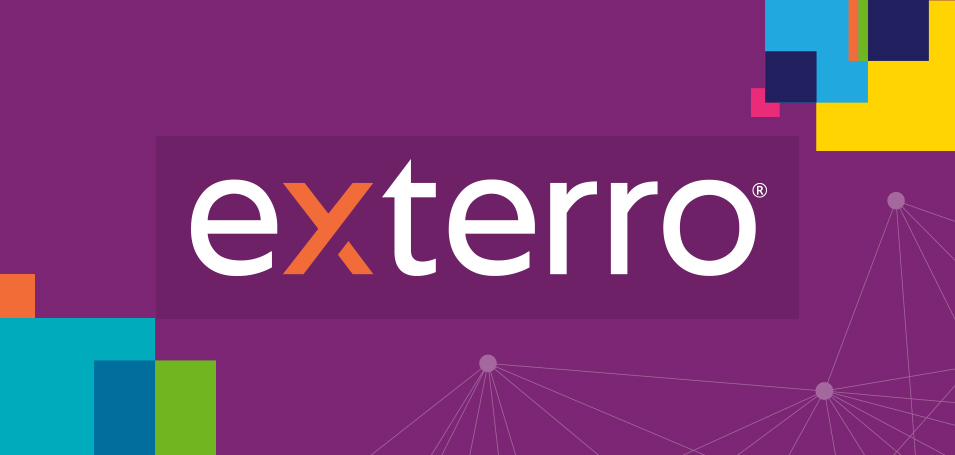Don’t make the all-too-common mistakes that delay customer onboarding and increase customer churn.
Too often I see companies make the same customer onboarding mistakes. As a result, they rarely get the full impact they want from their onboarding and enablement efforts.
Mistake #1: One-to-One Training
One of the main blunders is relying on Customer Success Managers (CSMs) to give personalized one-to-one training. Sure, you want enthusiastic and energetic team members to make your new customers feel welcome, but often that turns out to be a highly individualized walkthrough of your product.
For those of us in the know, this one-to-one approach is neither repeatable nor scalable. Likewise, it delivers no consistency in the customer experience. To build scalable customer onboarding and enablement programs, you need the training and onboarding to be repeatable, and you need your Customer Success team to be strategic, trusted advisors.
Mistake #2: One-Off Training
When each CSM follows his or her own training approach, the approach is unsustainable. They’re not leveraging proven practices to have an impact, and there’s no way to know if customers retain what they learn.
That last point is important. When customers don’t retain what they learn, they go back to your support and help desk every time they need help. This hurts in several ways:
- First, it adds up to more support tickets, because you haven’t helped users retain what they learn;
- Second, if a CSM leaves the company, their accounts are so reliant on that one person, they could end up floundering; and
- Third, when users in the account leave, your company must start all over with onboarding the replacements within that same account.
Mistake #3: Wide Open Access to Self-paced Training
Another move that’s all too common, is to rely on free-for-all access to training. Yes, it’s great you have learning content to help customers use your product. However, I find that customers who have a curated learning experience with self-paced training — following a pathway appropriate to their roles and goals — adopt and use the product in a much deeper and wider way. They’re often viewed as heroes by their companies.
Compare that outcome to those who figure out what to learn on their own and often end up doing little more than dabbling in training (and therefore end up looking like stragglers who never quite understand all they need to in the timeframe required).
Mistake #4: Content, Content, Everywhere
A related mistake is the “content everywhere” problem. It used to be that companies only allowed the customer education team to create content. What they produced could truly be called curriculum. Now, there’s the opposite issue: Everybody can create and publish content.
The key here is balance. Yes, you want to encourage your subject-matter experts to contribute, but just as importantly, you need somebody to curate and maintain the content, to make sure it’s current and useful.
Mistake #5: Out-of-Date Content
Likewise, making learning content “discoverable” could result in the unintended consequence of highlighting all your outdated content as well. Frequently, your company will discover that while creating new content can be a boost to any in-house expert’s ego, keeping it up to date is nobody’s job. So even if your customers pursue self-paced training, when all they find is out-of-date information, they’ll end up calling your support desk and relying on Customer Success to get what they need.
Mistake #6: Siloed Teams
Oftentimes, I find customer-facing teams living in silos. Which groups am I talking about? They might include customer success, professional services, customer education, marketing support, documentation and other teams I haven’t thought to name. They’re all staffed with hard-working people who want to help your customers succeed, but they are all doing their own thing, often resulting in duplication of efforts.
Next time, I’ll share the five steps for becoming a “maestro” of customer onboarding — somebody who knows how to avoid these traps by putting a robust onboarding process in place that can scale as your business grows.
Learn the tips, tricks, insights, and avoidable traps of customer onboarding in Thought Industries’ new whitepaper, “Secrets to Great Customer Onboarding and Education.”




